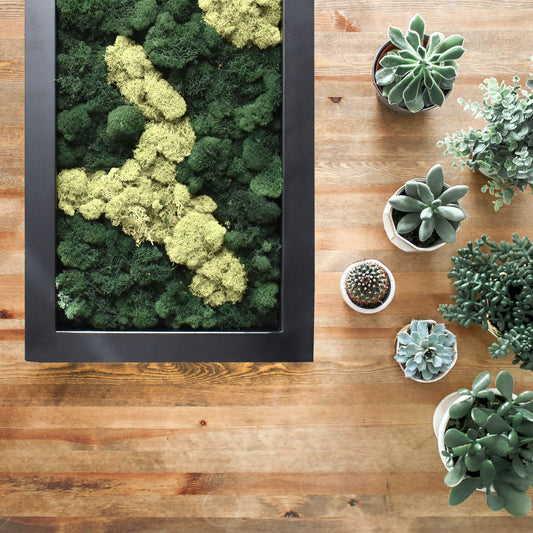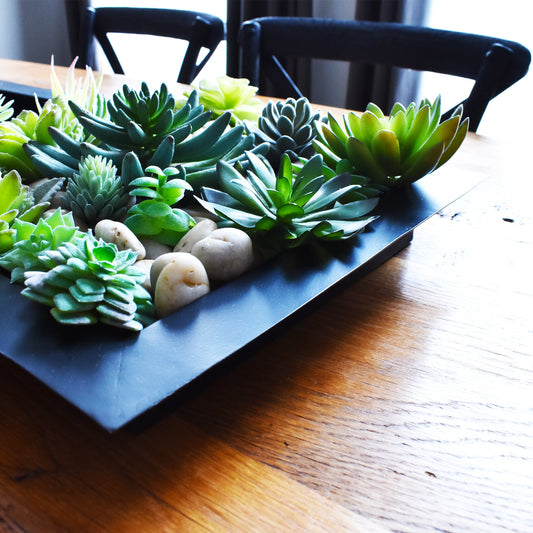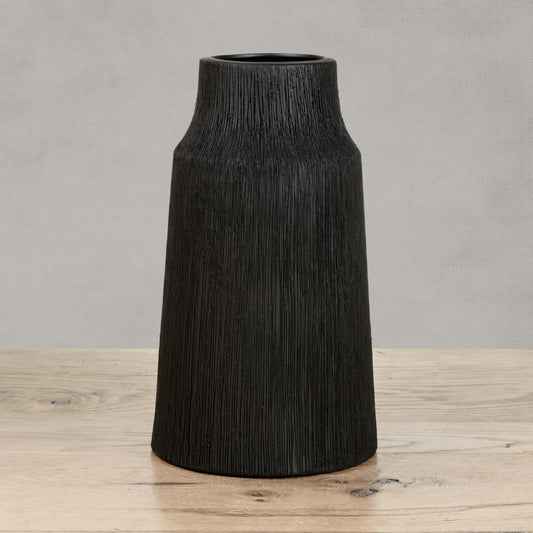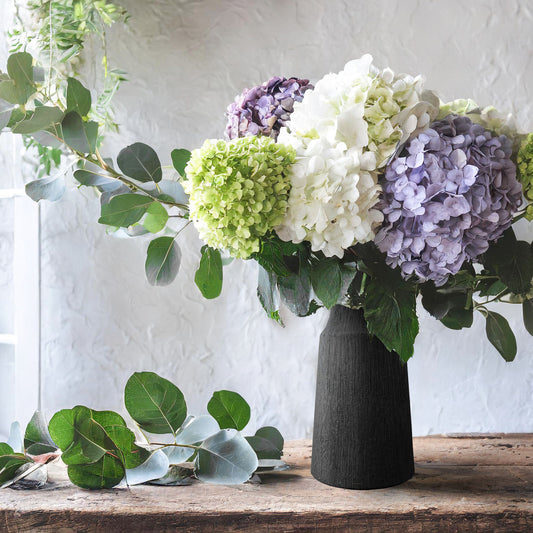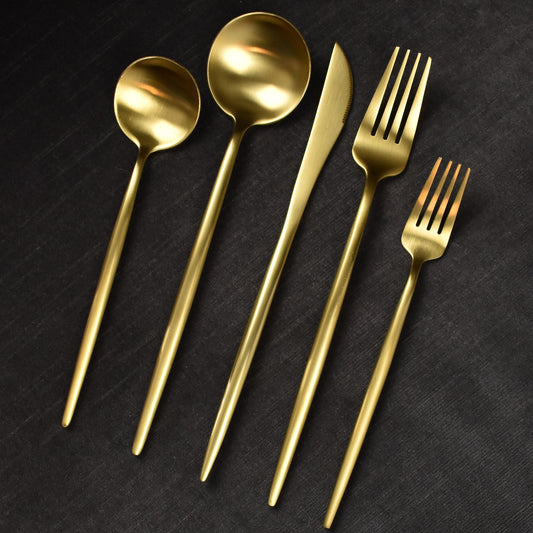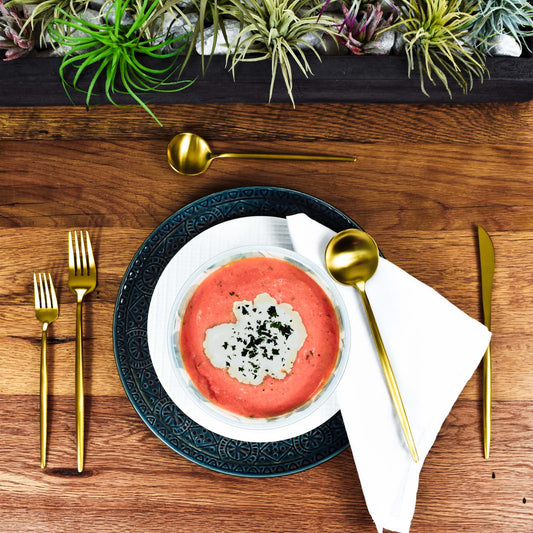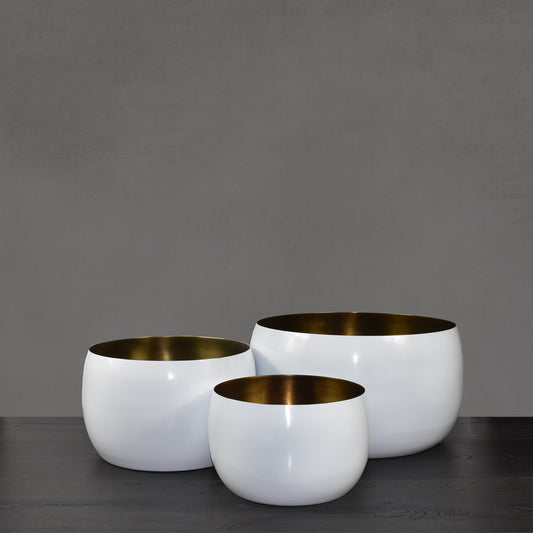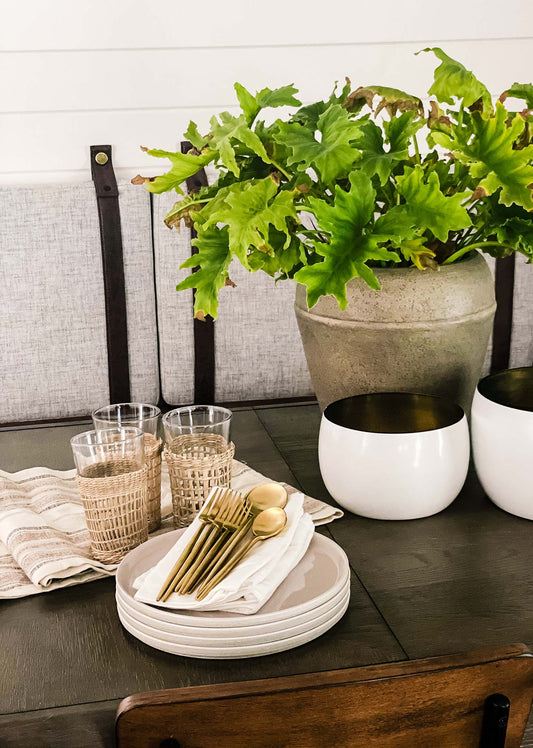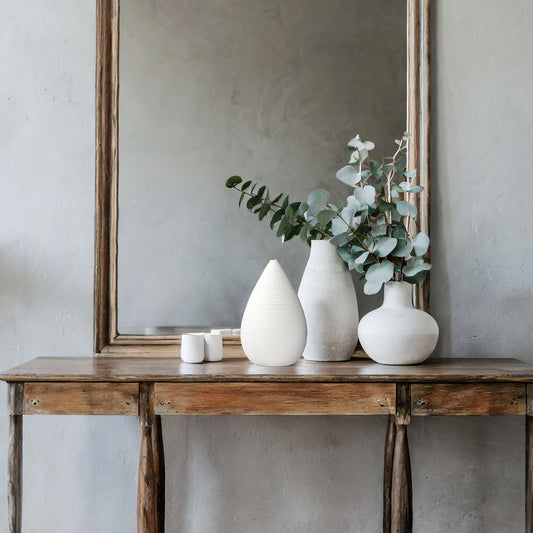transitional interior design refers to a style that artfully combines elements of traditional and modern or contemporary décor. the transitional look aims to strike the perfect balance between the classic elegance of traditional spaces and the clean lines and simplicity of contemporary aesthetics. the result is a cohesive blend that feels familiar yet fresh.
illuminating the interior
lighting plays a pivotal role in crafting the transitional lighting scheme. the transitional style favors a diverse mix of both traditional and contemporary fixtures to illuminate the home. grand chandeliers with elegant silhouettes and details add a touch of classic charm. yet they are balanced out by the inclusion of more streamlined modern pendant lights and sconces. this blending of new and old through lighting creates visual depth and interest.
transitional homes also employ a variety of different lighting sources to layer ambiance and function. ambient overhead lighting sets the mood. yet task lighting in the form of table and floor lamps provides directed illumination for reading nooks and workspaces. by varying the lighting designs and forms, a transitional interior gains both style and purpose.
when it comes to finishes, warm metal tones are a hallmark of transitional lighting design. unlacquered brass, oil-rubbed bronze, antique nickel and aged silver finishes give a refined yet relaxed look. these metallic finishes pair nicely with the mix of traditional and modern forms.
 images © parker + gibbs 2023
images © parker + gibbs 2023
a soothing color narrative
the transitional color palette helps bridge traditional and modern aesthetics through a soothing blend of hues. light neutrals form the core. think soft tones like cream, beige, taupe and greige. crisp shades of white and ivory also freshen up walls, trim and ceilings as neutral backdrops.
these muted neutrals are then built upon with layers of calming blue and green hues. pale blues, airy aquas and muted seafoam greens infuse a subtle vibrancy. nature-inspired greens like sage and celadon add organic depth. deep navy and rich emerald tones provide bold accent colors.
yet the transitional palette goes beyond just neutrals and greens. warm metallics in the forms of copper, bronze and brass inject low-key glamour. earthy terracottas and rustic bricks usher in organic texture. the mix of muted and bold hues brings comforting harmony with a touch of drama.
 images © parker + gibbs 2023
images © parker + gibbs 2023
bridging design eras
the furniture selection is integral in making transitional style shine. key is combining modern and traditional silhouettes and forms to create interest through contrast. for example, a sleek rounded arm chair can complement an elegant antique-inspired settee. the juxtaposition highlights the best elements of both eras.
many transitional furniture pieces also showcase shapes or frames with contemporary leanings upholstered in cozy traditional fabrics like linen, velvet or leather. think streamlined forms with nailhead trim and turned legs covered in soft chenille or smooth leather. this unexpected blending bridges styles seamlessly.
above all, the transitional furniture aesthetic favors comfort along with its seamless mix of new and old. plush sectionals, pillowtop armchairs and upholstered headboards provide a welcoming retreat for rest and relaxation.
 images © parker + gibbs 2023
images © parker + gibbs 2023
architectural nuance
understated architectural details help anchor a transitional interior firmly between traditional and modern sensibilities. moldings and trim are included but in an edited way. restrained crown molding and thin chair rail add subtle elegance. crisp baseboards ground the space. windows and doors may feature clean-lined casings but little extra ornamentation.
transitional rooms also employ architectural details sparingly to make certain focal points shine. an elaborate fireplace surround or paneled built-in bookcase can make bold statements amidst a tranquil backdrop. neutral wide-plank wood flooring offers an organic yet modern base. while exotic stone wall accents add textural interest.
overall, the interior architecture favors clean lines. yet small doses of ornamentation and textural accents provide visual depth in this minimalism, creating a polished but approachable space.
textures & materials
tactile, natural materials are mainstays of transitional rooms thanks to their soothing and inviting nature. light wood furniture pieces, from oak to maple, add organic warmth. natural fibers like linen and cotton lend softness to upholstery. wool rugs interject comforting texture underfoot.
the material palette also integrates natural stones like marble, travertine and granite. these raw, veined stones inject organic depth via surfaces, polished stone fireplaces or ceramic tile backsplashes. metallics that glisten and reflect light softly for subtle shine.
beyond key natural materials, transitional interiors employ a rich mix of textures. nubby woven throws ensure coziness. smooth velvet pillows and drapes provide tactile contrast. furry sheepskins add softness to seating. refined leathers lend supple yet tailored texture.
this diverse blend of tactile layers - from reclaimed wood to woven wicker, sleek marble to nubby wool - creates depth within a tranquil backdrop. each surface and fabric beckons with subtle tactile dimension while still remaining classic and refined.
 images © parker + gibbs 2023
images © parker + gibbs 2023
artful touches
the transitional aesthetic extends to the thoughtful display of accessories. meaningful pieces tell a story and convey a collected look that spans eras and styles. displayed items appear curated rather than haphazardly placed.
antique furnishings like an acacia wood apothecary chest or distress gray washed trunk become statement focal points. vintage oriental rugs add well-worn character underfoot. a rustic wooden ladder leans against a wall displaying woven blankets.
heirloom silver trays pile with leather-bound books and decorative objects. white stoneware ceramics provide organic contrast on open shelving. glass hurricanes shelter pillar candles to provide welcoming ambient light. each accent feels special and considered.
this blend of eras and materials makes a home feel lived in. but restraint still rules the day for the transitional look. careful spacing and edited accessorizing keep the transitional vignettes refined. the accessories enhance rather than overwhelm the tranquil ambience.
 images © parker + gibbs 2023
images © parker + gibbs 2023
flooring flow
just as the furniture mixes modern and traditional elements, so does the transitional flooring selection. clean-lined contemporary porcelain tile refreshed a kitchen or bath. yet wide-plank oak hardwood flooring adds organic warmth to living spaces.
in entryways, stone tile in a classic herringbone pattern makes a statement underfoot. soft sisal rugs interject natural fiber textures and tones. moroccan patterns comfort while staying muted and minimalist.
the most important factor is that the flooring flows smoothly from space to space. consistent oak floors or neutral tile connect rooms seamlessly. area rugs then provide softness and visual interest. this creates a unified foundation upon which the interior design layers build.
framing the view
window coverings provide the perfect opportunity to meld traditional and modern aesthetics in a transitional space. a classic linen drape with hand-sewn details can hang alongside streamlined wood blinds. the contrast showcases both sensibilities.
light-filtering sheers soften harsh sunlight and add privacy while still allowing natural light to fill the interior space. roller shades can be concealed neatly in valences for a clean, contemporary look.

images © parker + gibbs 2023
for bonus texture, wood shutters add organic warmth. woven roman shades infuse inviting texture. and velvet drapes puddle elegantly tying rooms together through their timeless luxury. by thoughtfully blending styles and fabrics, the windows become another chance to bridge traditional with contemporary.
 images © parker + gibbs 2023
images © parker + gibbs 2023
curated artistry
the transitional aesthetic extends to the art and mirrors spotlighted throughout the home. large statement-making pieces catch the eye. dramatic oversized mirrors reflect light and views, opening up smaller spaces. vertical mirror galleries make hallways appear more grand.
canvas art makes bold impressions with vivid brushstrokes and captivating scenes. black and white abstract prints keep walls feeling zen. displaying series of graphic prints makes modern settings feel collected over time.
sculptural lighting combines chic modern materials like acrylic with organic shapes to doubly impress. yet ornate antique picture frames lend traditional gravitas to displayed pieces. this considered intermixing brings visual intrigue and depth.
overall, art and mirrors are thoughtfully placed as focal points rather than as an overload of visual competition. each piece provides purpose and a touch of personality. this restraint allows their impact to feel curated and meaningful.
vibrant botanicals
while rich colors and patterns make brief appearances, greenery and floral accents remain a constant in the transitional interior. potted plants provide a living element. flowering orchids and air plants lend a modern vibe. classically inspired urns and planters anchor vines and stems in style.
woven baskets hide soil while lending organic texture. suspended rattan planter balls add visual whimsy. bold palm fronds make a sculptural statement. simple eucalyptus stems refresh bedside vases. a tranquil bouquet of white blooms softens an entryway table.
by bringing the outdoors in through live plants, cut stems and blooms, transitional interiors feel alive and connected to nature. greenery's calming influence pairs perfectly against the contrasting mix of old and new within the rest of the space.
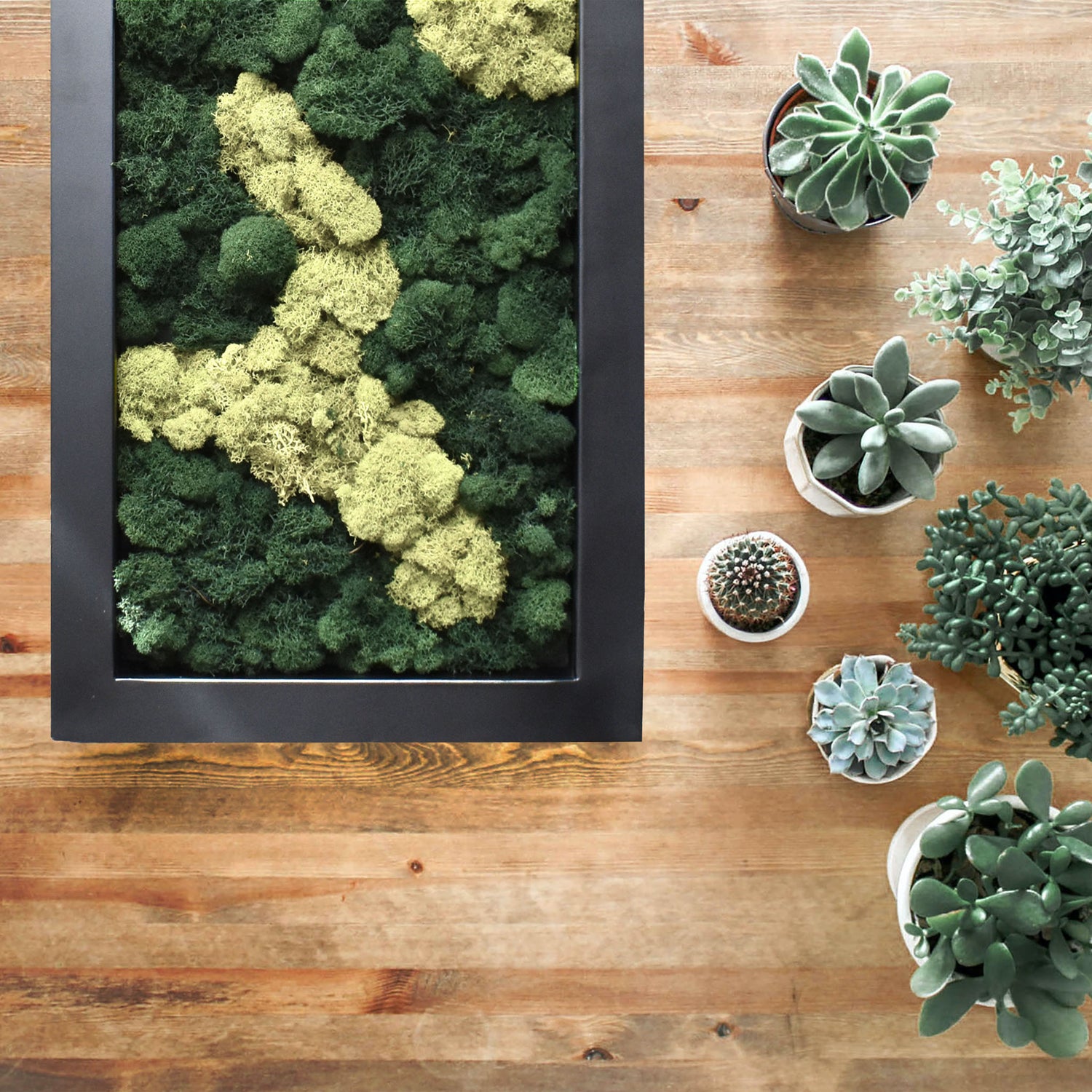

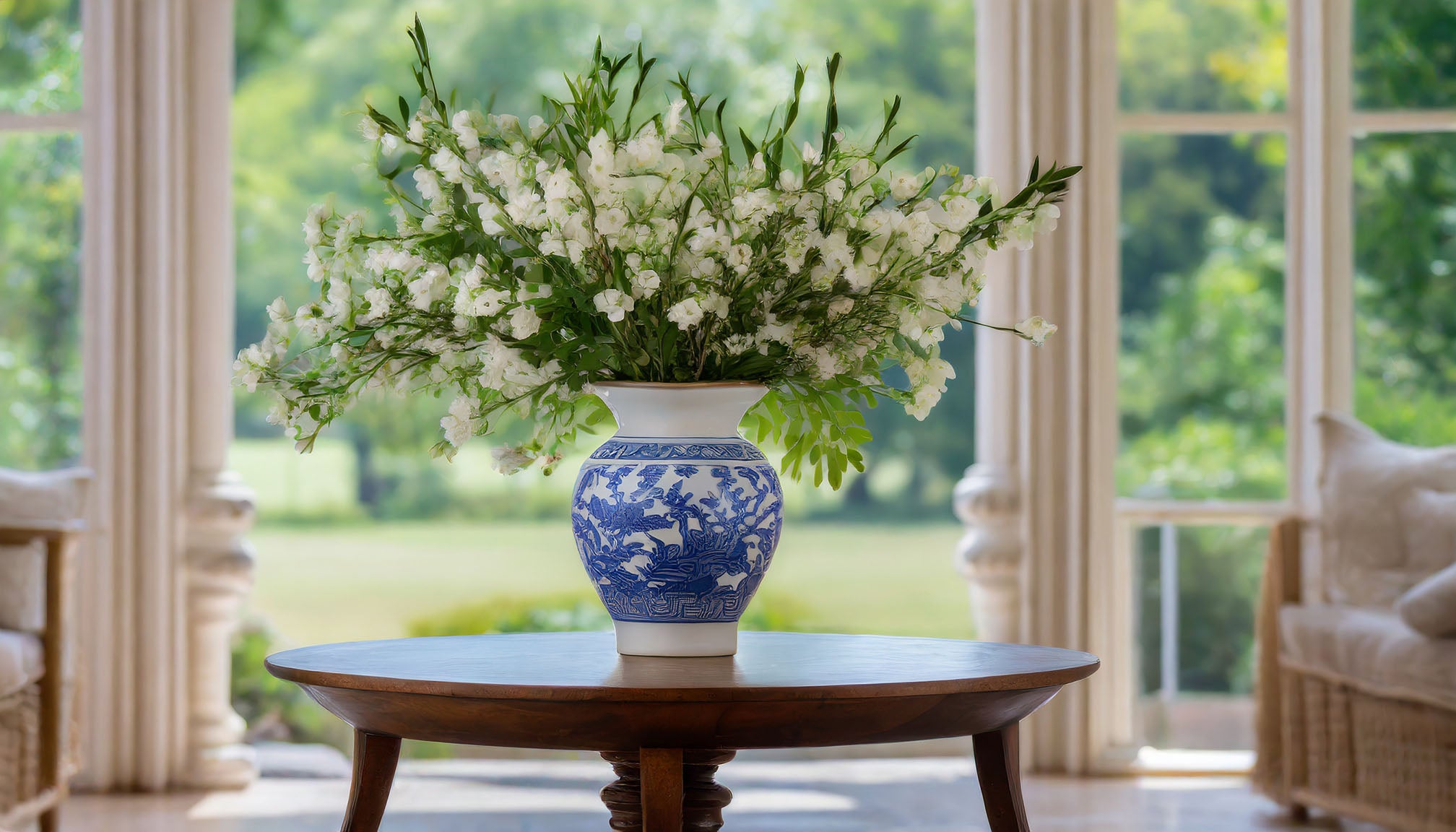
 images © parker + gibbs 2023
images © parker + gibbs 2023
